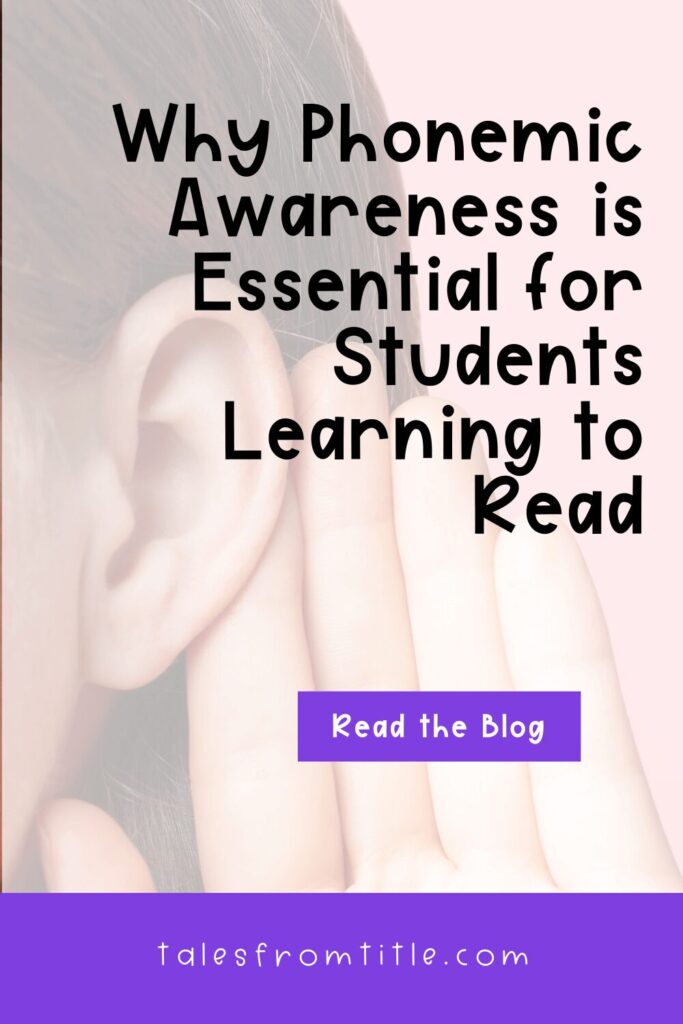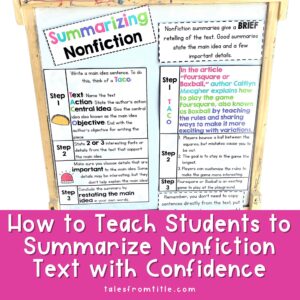In our second installment on the components of reading, we’ll explore why phonemic awareness skills are so important for young readers. If you missed the first part, which explains the concepts of phonological and phonemic awareness, you can read it here.
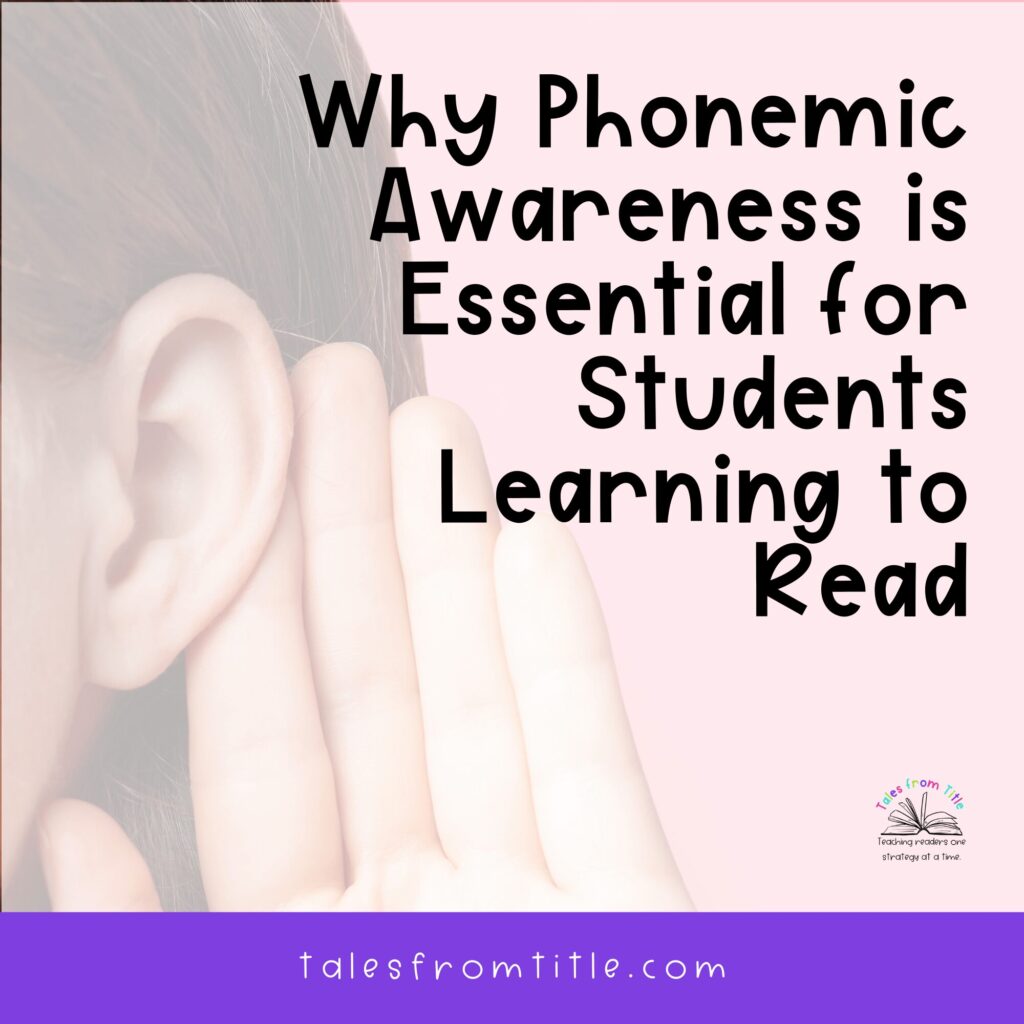
Phonemic awareness is an essential foundational skill in early literacy and serves as the single best predictor of reading success in young children. While our brains are naturally wired to understand speech sounds in oral language, they aren’t wired to translate those sounds into letters. This means that, to learn to read, children need to become aware of phonemes since reading English requires matching sounds in spoken words to individual letters.
Researcher Dr. David Kilpatrick emphasizes this importance, stating that phonemic awareness is the single most crucial factor distinguishing struggling readers from successful ones. Kilpatrick’s studies found that “phonological manipulation tasks are the best measures of phonological awareness skills needed for reading because they are the best predictors of word-level reading proficiency.”
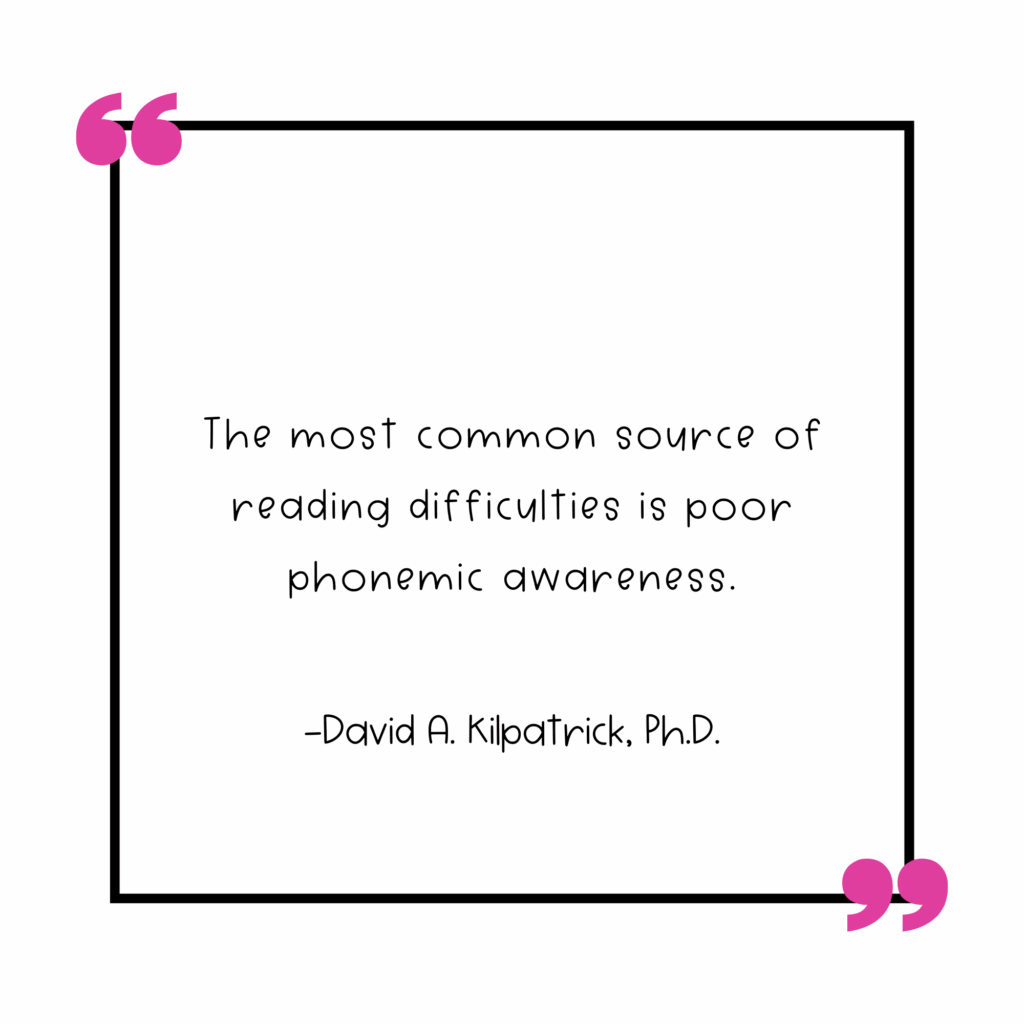
Building a Foundation for Reading Skills
As discussed in my last post, phonemic awareness is the ability to hear, identify, and manipulate individual sounds, or phonemes, in words. Phonemic awareness instruction builds a strong foundation for reading by helping students understand the relationship between sounds and letters. This understanding is essential as students move on to phonics, where they’ll apply their phoneme knowledge to printed words.
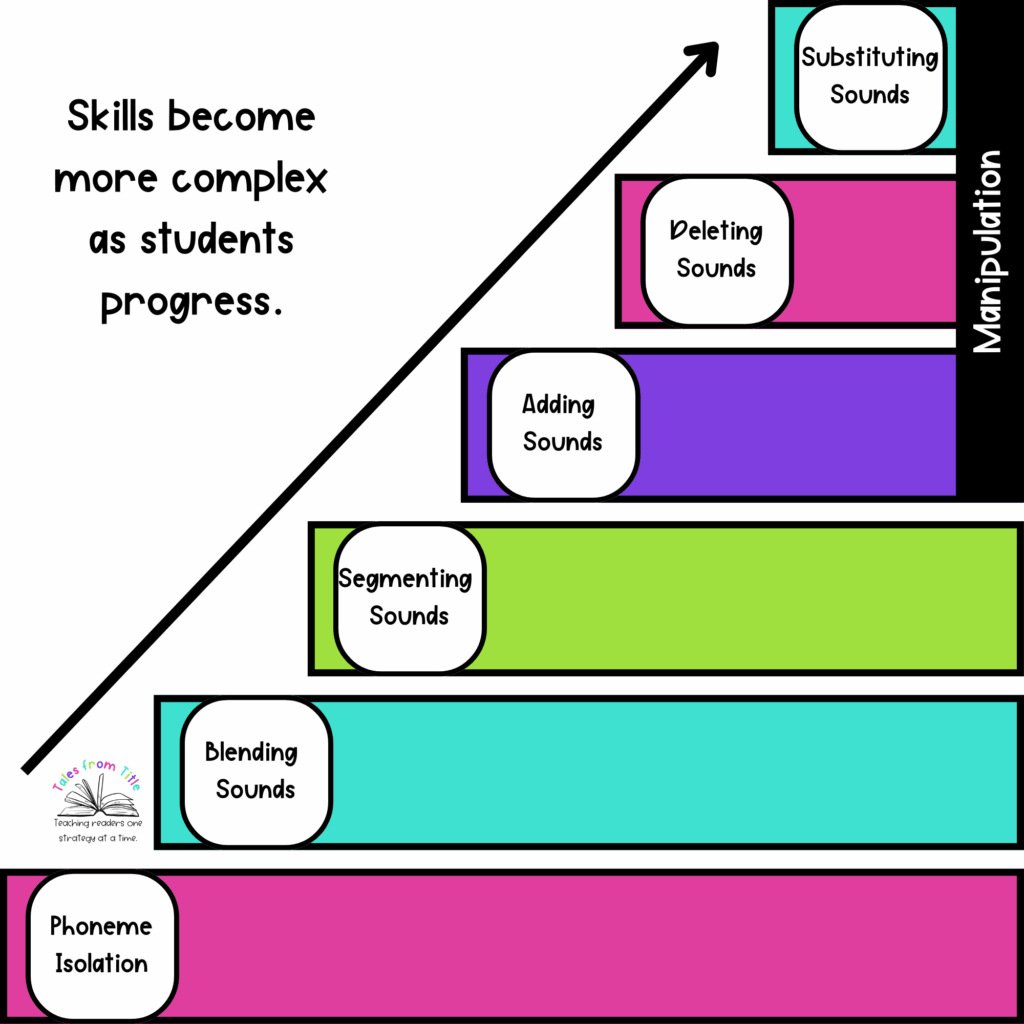
Supporting Early Decoding and Spelling
Phonological and phonemic awareness instruction supports early decoding and spelling. One core component of phonemic awareness is isolating individual sounds, which helps students as they begin to spell and decode words. Students with strong phonemic awareness can blend sounds to form words, a skill that aids them in decoding text. Segmenting words (another phonemic awareness skill) also helps students sound out words as they start to spell and write. By practicing skills like isolating, blending, segmenting, and manipulating sounds during phonemic awareness instruction, students are well-prepared to work with written text in phonics instruction.
Improving Reading Fluency
Phonemic awareness also supports reading fluency. The skills students gain through phonemic awareness instruction enable them to recognize and manipulate phonemes in text, helping them read words more quickly by recognizing patterns. Increased fluency allows students to read with greater speed and confidence, making reading more enjoyable and less laborious.
Enhancing Vocabulary and Comprehension
Phonemic awareness skills contribute to vocabulary development and comprehension. Fluent readers, who aren’t focused on sounding out every word, can better understand the meaning of what they’re reading. Additionally, phonemic awareness skills help students break down unfamiliar words, expanding their vocabulary. A strong vocabulary, in turn, deepens comprehension and helps students grasp the full meaning of the text.
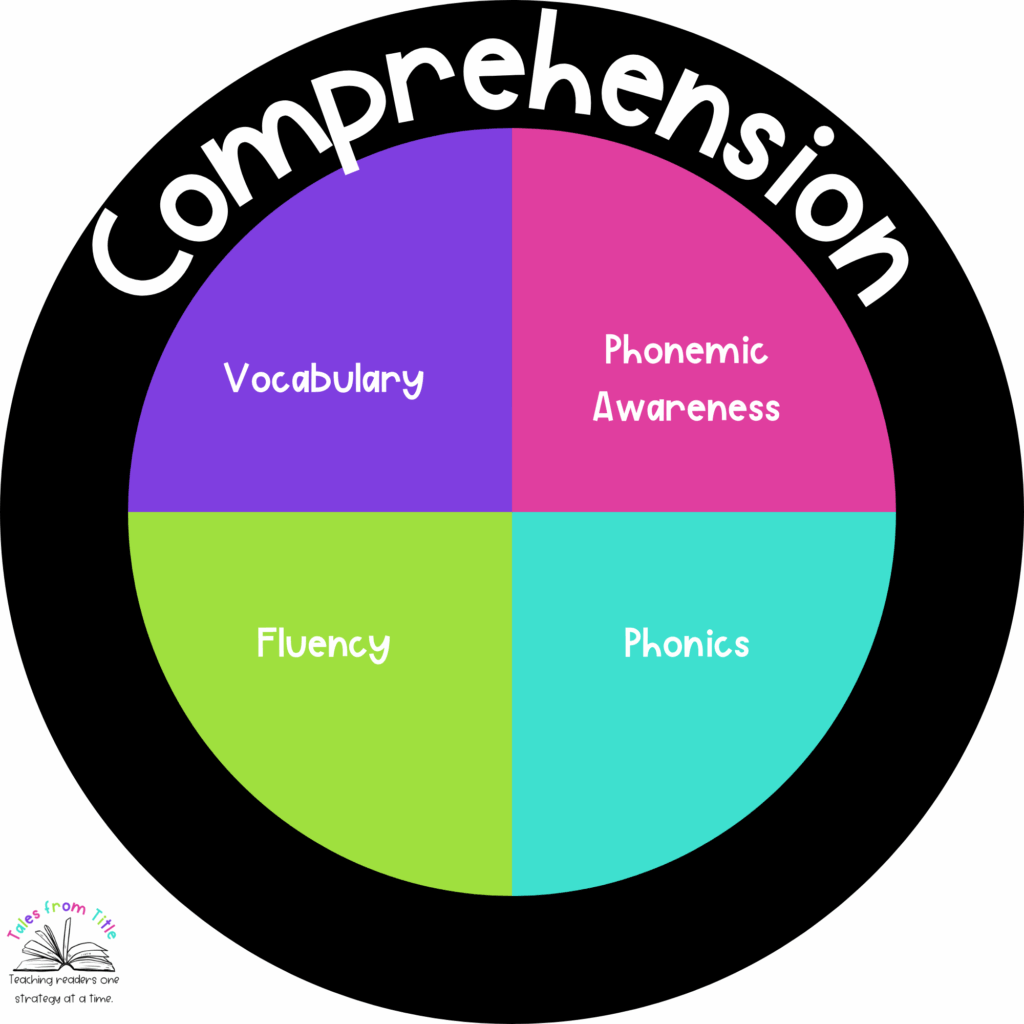
The Importance of Phonemic Awareness Instruction
Providing phonemic awareness instruction builds a solid foundation for the other components of reading. Research shows that phonemic awareness is a critical skill for predicting reading success. For kindergarten and first-grade teachers, incorporating phonological and phonemic awareness instruction is highly beneficial, and programs like Heggerty offer affordable and easy-to-use resources. Heggerty also offers intervention programs for older students who may need support in developing these pre-reading skills.
Did you know phonemic awareness played such a crucial role in developing strong readers? Let me know in the comments!
